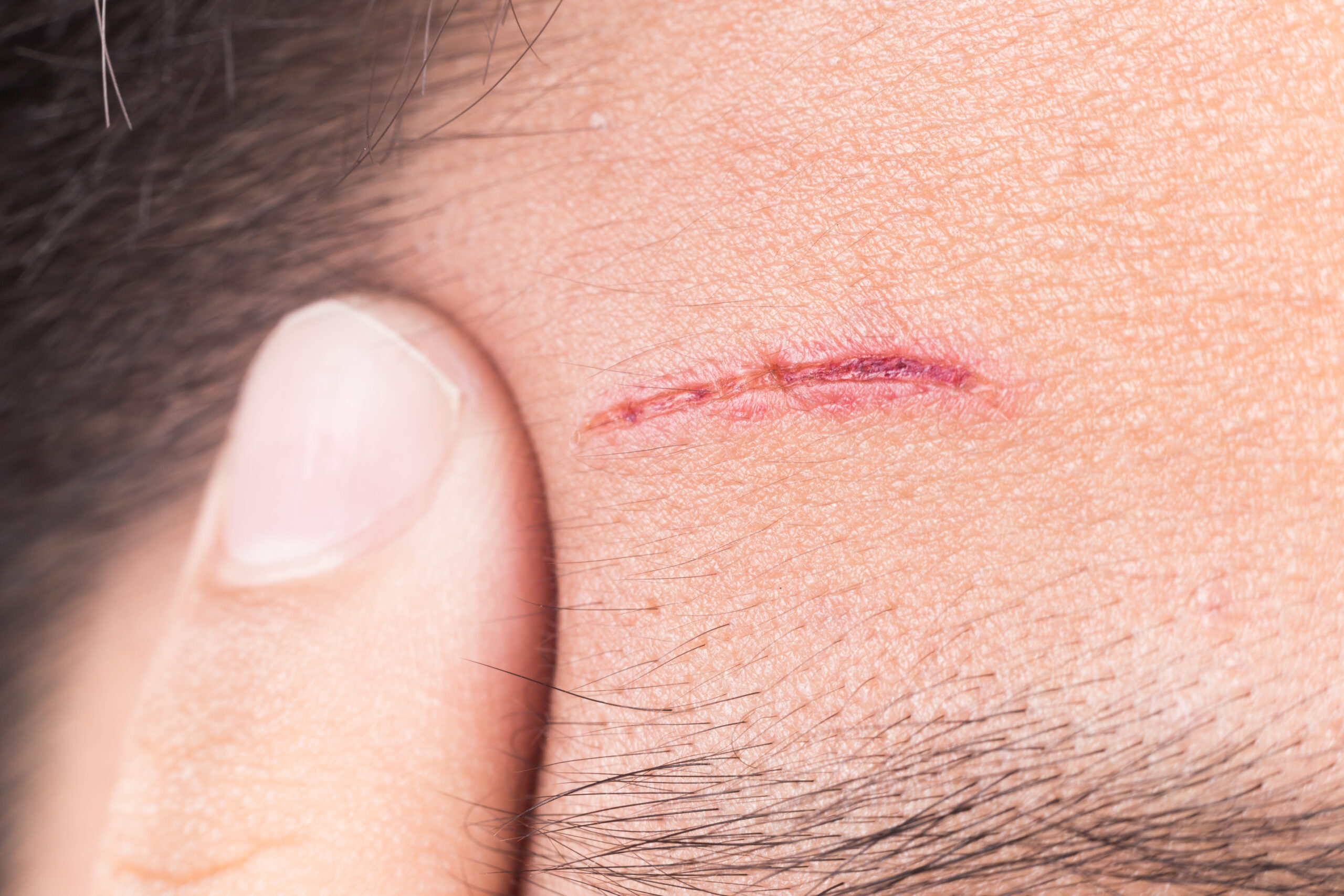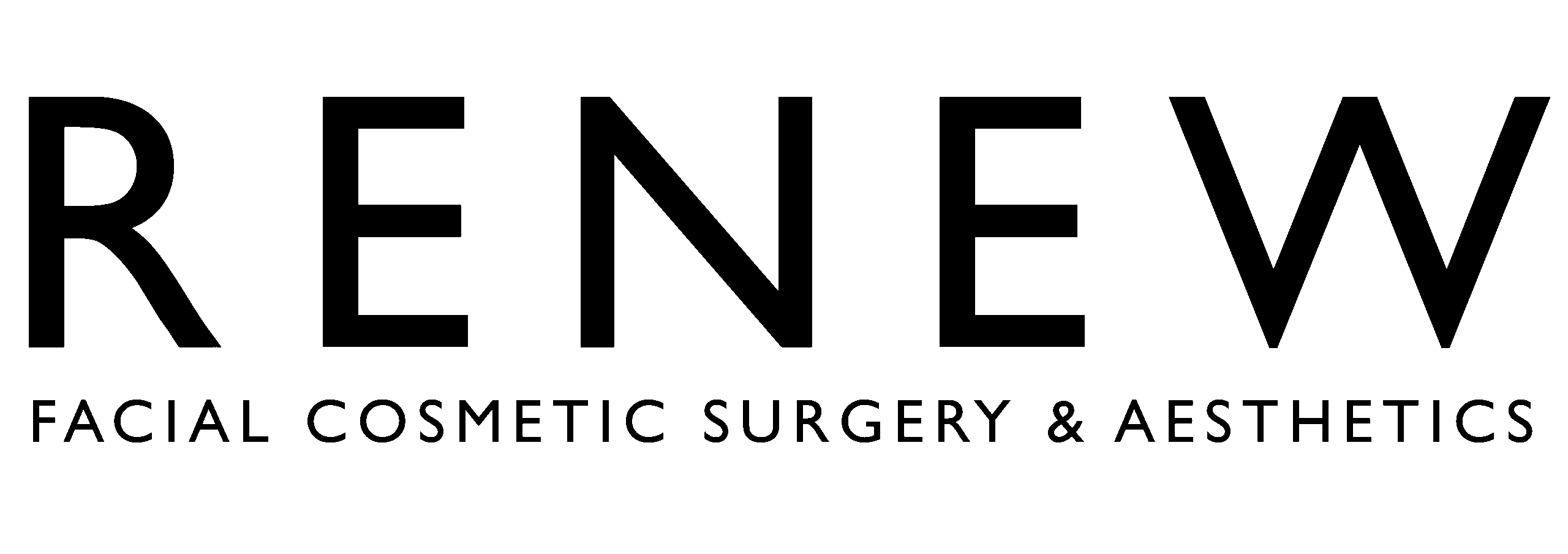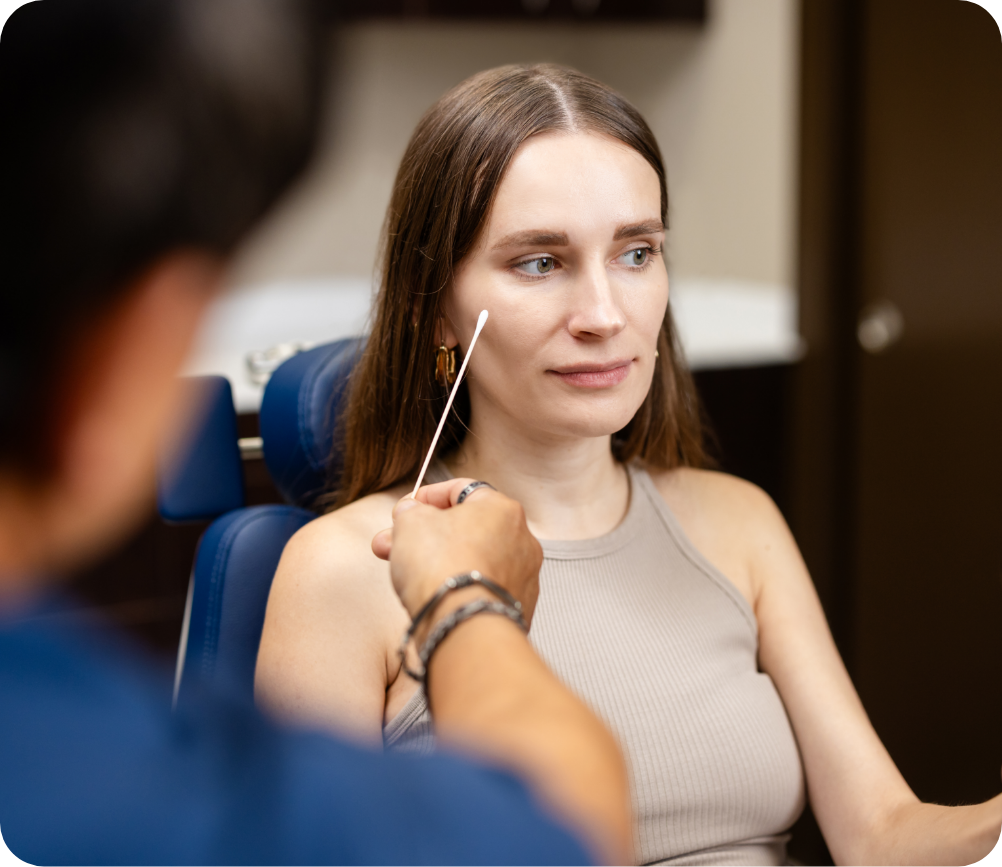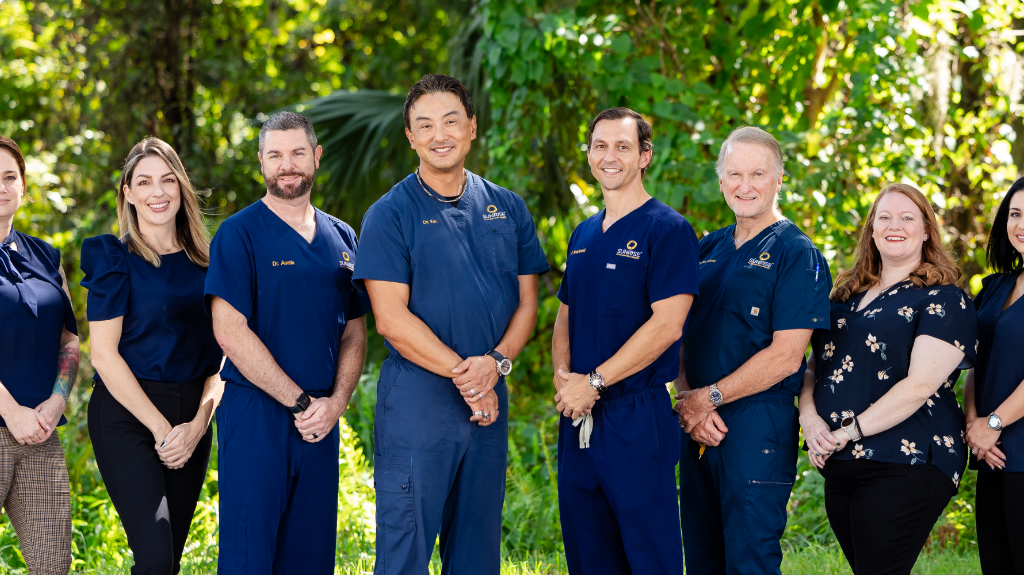This Article Has Been Medically Approved By


For many people, scars are an unfortunate part of life.
Whether from acne, surgery, or traumatic accidents, scars can impact the way you feel about your appearance. You may avoid wearing particular styles of clothing or even forego certain social gatherings due to insecurity about your scar.
Fortunately, modern medicine can decrease the appearance of scars, giving you the confidence to face the world. Scar revision treatment can be achieved in a variety of ways. The right option for you will depend on where the scar is located, how you got it, its size, and how long you’ve had it. Our board-certified facial cosmetic surgeon can determine which is best for your scar. Here are some common scar revision treatments.
Scar Excision
This is a fancy way to say the scar will be cut out of your skin. You’re probably wondering if you’ll have a scar resulting from the excision of the original scar. In all likelihood, you will, but its appearance will be minimized since the surgeon will take steps to achieve a pleasing aesthetic result. Excess scar tissue will be removed and the surrounding skin and soft tissues reconstructed, which leaves minimal scarring after the surgical procedure.
Scars can also sometimes be repositioned so they’re not as visible. For example, your surgeon may be able to hide a scar in a natural fold of skin or realign the scar so it contours with the body in a less noticeable way. For hypertrophic or keloid scars, surgical excision is often the best option, especially when combined with injections of steroids.
Steroid Injections
Corticosteroid injections can help decrease the size and appearance of keloids or other types of raised scars. The steroid medication breaks down collagen fibers, thereby reducing the amount of scar tissue underneath the skin. Steroids are also powerful anti-inflammatory medications, so they help decrease swelling, redness, and tenderness.
Steroid injections are often used as a precautionary step for patients who are prone to develop keloid or raised scars but must undergo some type of surgical procedure. By administering the medication before surgery, the chances of a scar developing are decreased. If a scar does form, a series of injections in the weeks following surgery may help reduce its size. These treatments can be offered in a medical office setting and require no anesthesia or downtime.
Laser Therapy
Laser therapy is used to treat a variety of scarring issues, including those resulting from acne. Older scars usually respond well to laser treatment. There are two primary types of laser treatment for scars.
Pulse dye laser therapy reduces redness and discoloration in even very old scars. A focused beam of light is placed on the scar, prompting the blood vessels within the scar tissue to shrink and eventually dissolve. This helps to alleviate redness and helps the scarred skin take on the same color as the surrounding skin.
Fractional carbon dioxide laser therapy helps remove scarred or discolored scar tissue from the very outer layers of skin. Following treatment, the top layers of skin will peel, revealing healthy new skin underneath. This process may require multiple visits over several weeks. Both types of laser therapy is conducted in our office, and patients experience very little resulting discomfort.
Scar Revision At Sunrise Facial and Oral Surgery
If you are bothered by a scar or if you’d like to take proactive steps to lessen the appearance of a surgical scar, please contact our office. Scar revision treatment is very affordable and since there’s little-to-no downtime, there is simply no reason not to explore your treatment options. Dr. King Kim will assess your scar and recommend the right course of action to decrease its appearance and restore your confidence! As Brevard County’s only board-certified facial cosmetic surgeon and oral and maxillofacial surgeon, Dr. Kim has the technical expertise needed to treat any scar.



